Resource Library
Social media is in our DNA
Explore hundreds of free resources to help you succeed in social.
Resources
- How can a global hospitality leader scale a unified social strategy across 250+ accounts? Barceló Hotel Group used Hootsuite to centralize their global brand strategy, deliver faster and more consistent customer care, and grow new followers by 46%.
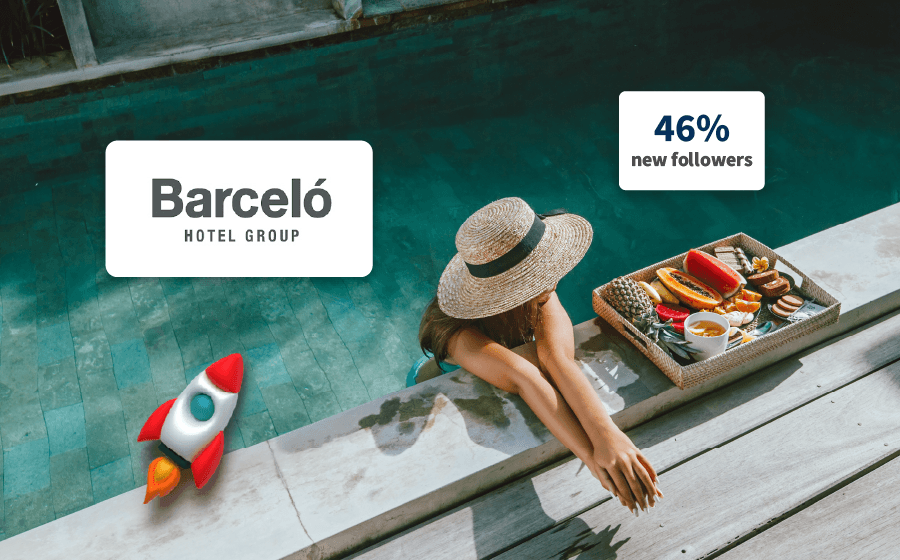
Case Studies
How can a global hospitality leader scale a unified social strategy across 250+ accounts?
Barceló Hotel Group used Hootsuite to centralize their global brand strategy, deliver faster and more consistent customer care, and grow new followers by 46%. - Can an enterprise organization drive millions in business impact with social? How a global insurance provider drove $76 million in revenue and savings with Hootsuite

Case Studies
Can an enterprise organization drive millions in business impact with social?
How a global insurance provider drove $76 million in revenue and savings with Hootsuite - 5 Influencer Marketing Myths, Busted Discover how to build successful influencer campaigns by authentically connecting with creators, fostering long-term partnerships, and driving measurable ROI.
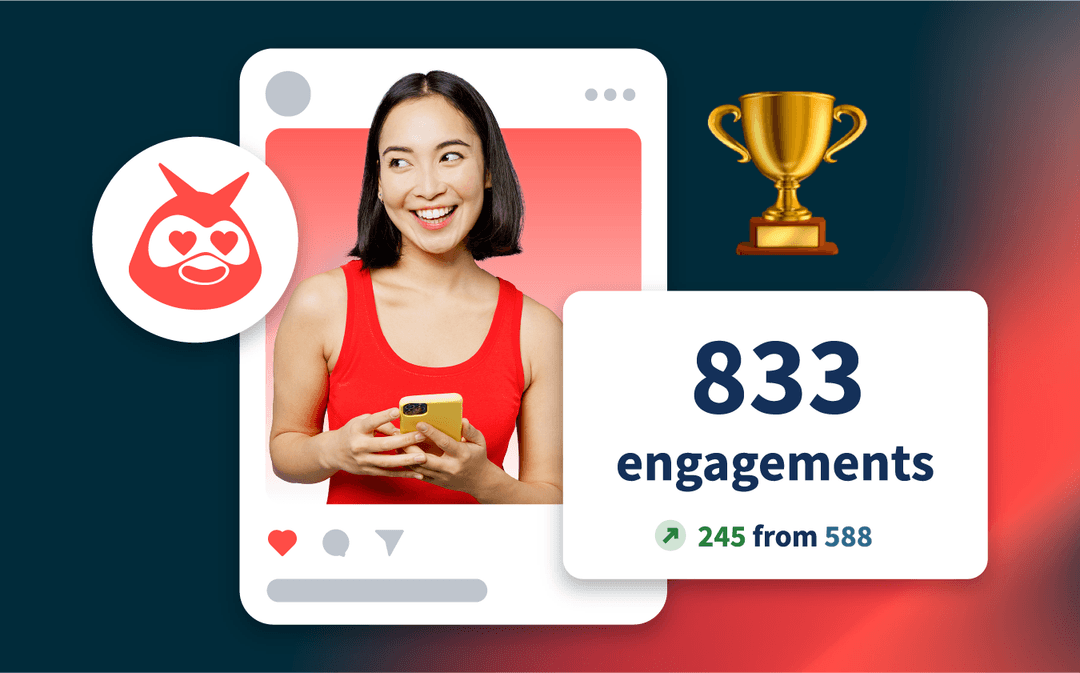
Strategy & Tactics
5 Influencer Marketing Myths, Busted
Discover how to build successful influencer campaigns by authentically connecting with creators, fostering long-term partnerships, and driving measurable ROI. - 101 Prompts to Drive Value with Social AI Unlock instant insights, supercharge your content strategy, and impress your boss with OwlyGPT.
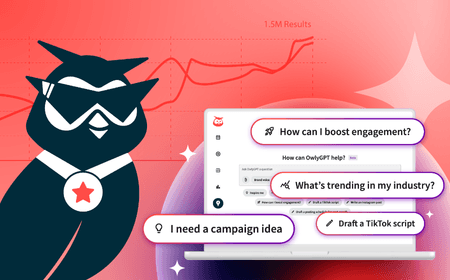
Strategy & Tactics
101 Prompts to Drive Value with Social AI
Unlock instant insights, supercharge your content strategy, and impress your boss with OwlyGPT. - Social Media Trends 2025 To win on social media, you gotta move fast. See how the best in the biz are being agile, and how you can follow suit.
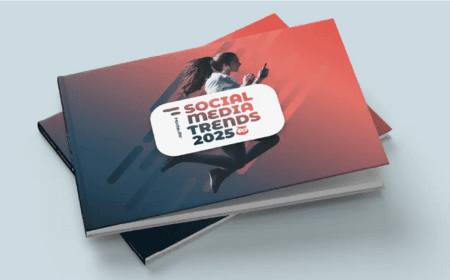
Research & Trends
Social Media Trends 2025
To win on social media, you gotta move fast. See how the best in the biz are being agile, and how you can follow suit. - Social Media Competitive Analysis Template Benchmark your performance, track the competition, and uncover new content opportunities. Fill in the form to get instant access to our free Social Media Competitive Analysis Template.

Strategy & Tactics
Social Media Competitive Analysis Template
Benchmark your performance, track the competition, and uncover new content opportunities. Fill in the form to get instant access to our free Social Media Competitive Analysis Template. - Social Media Policy Template To start protecting your brand on social media, just fill in the form to get instant access to your Social Media Policy Template.
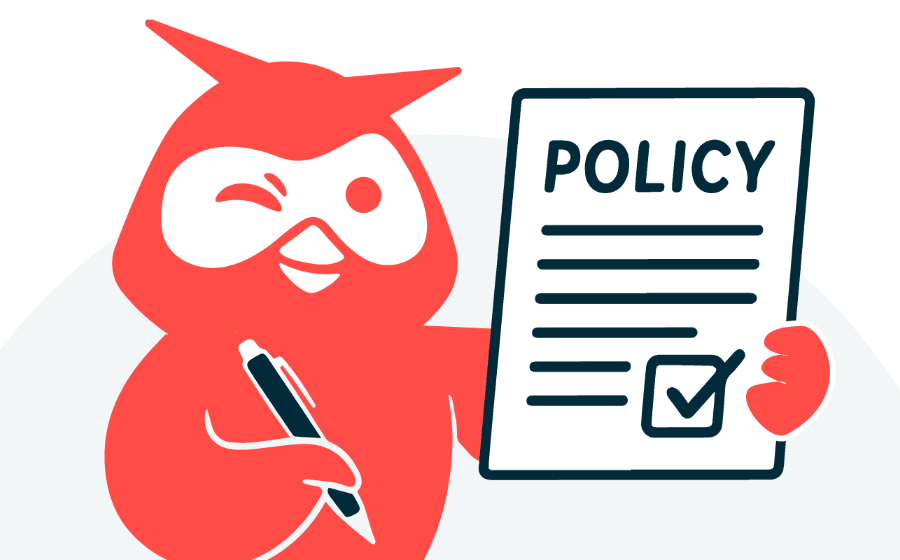
Strategy & Tactics
Social Media Policy Template
To start protecting your brand on social media, just fill in the form to get instant access to your Social Media Policy Template. - How The Gym Group activated 240+ local gyms on social media in just five months The Gym Group’s social media team empowered hundreds of local gyms with Hootsuite to boost community engagement and manage brand risk

Case Studies
How The Gym Group activated 240+ local gyms on social media in just five months
The Gym Group’s social media team empowered hundreds of local gyms with Hootsuite to boost community engagement and manage brand risk - An NBA team scores fan engagement with a data-driven social strategy How the social team drove 4x more video views — and won budget for a new hire — by leveraging audience and sentiment insights

Case Studies
An NBA team scores fan engagement with a data-driven social strategy
How the social team drove 4x more video views — and won budget for a new hire — by leveraging audience and sentiment insights - How to uncover actionable social media insights Your guide to gathering the data-backed insights you need to make smarter decisions and drive the highest ROI from social media.

Strategy & Tactics
How to uncover actionable social media insights
Your guide to gathering the data-backed insights you need to make smarter decisions and drive the highest ROI from social media. - How Athletico whipped its social media strategy into shape through employee advocacy Athletico Physical Therapy's social media team expanded its reach by 40% with Hootsuite Enterprise and Amplify
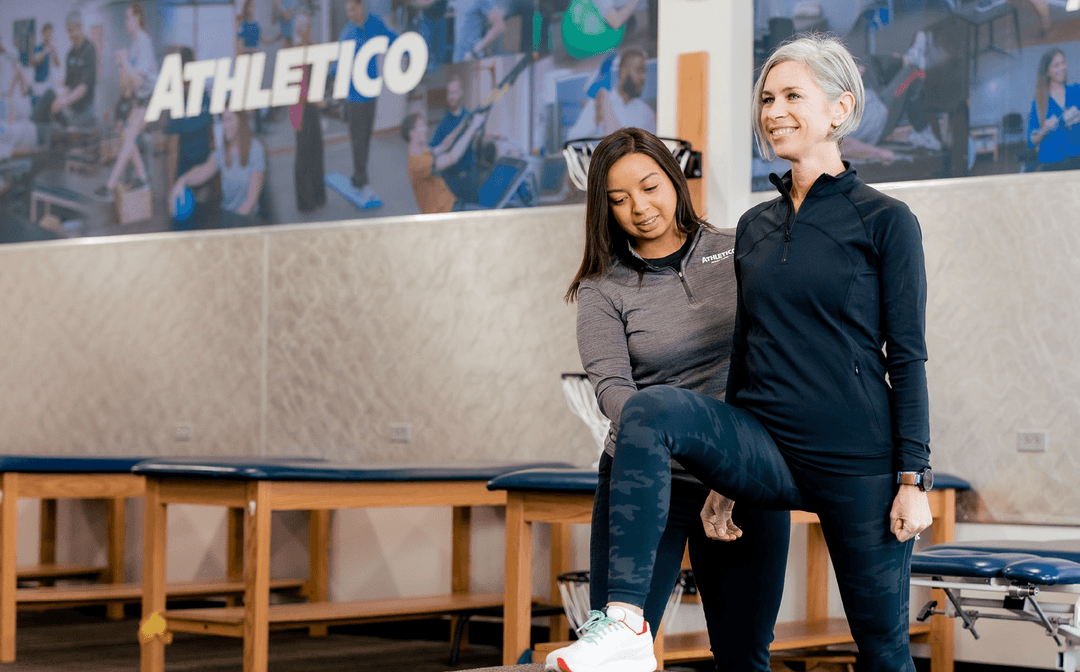
Case Studies
How Athletico whipped its social media strategy into shape through employee advocacy
Athletico Physical Therapy's social media team expanded its reach by 40% with Hootsuite Enterprise and Amplify - How a Kidney Care Company Drove 42% More Job Applications from LinkedIn The steps DaVita took to build a healthy social media recruiting strategy using Hootsuite Amplify
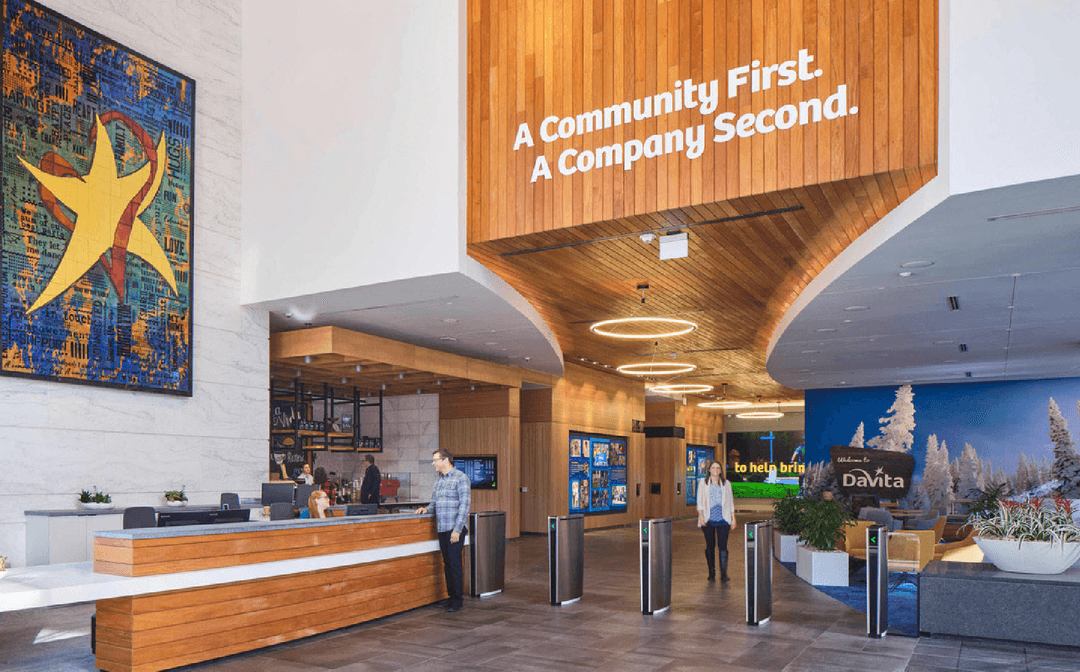
Case Studies
How a Kidney Care Company Drove 42% More Job Applications from LinkedIn
The steps DaVita took to build a healthy social media recruiting strategy using Hootsuite Amplify
